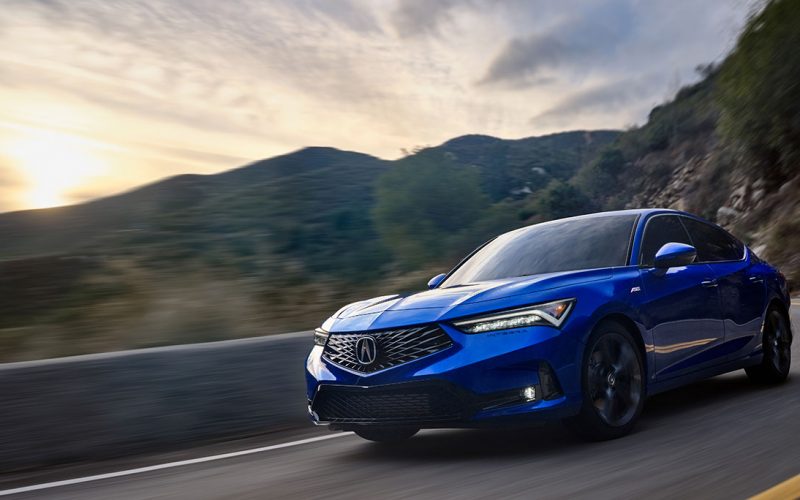
Reading Time: 8 minutesAcura is smartly bringing back one of its most revered nameplates for 2023, and simultaneously ditching
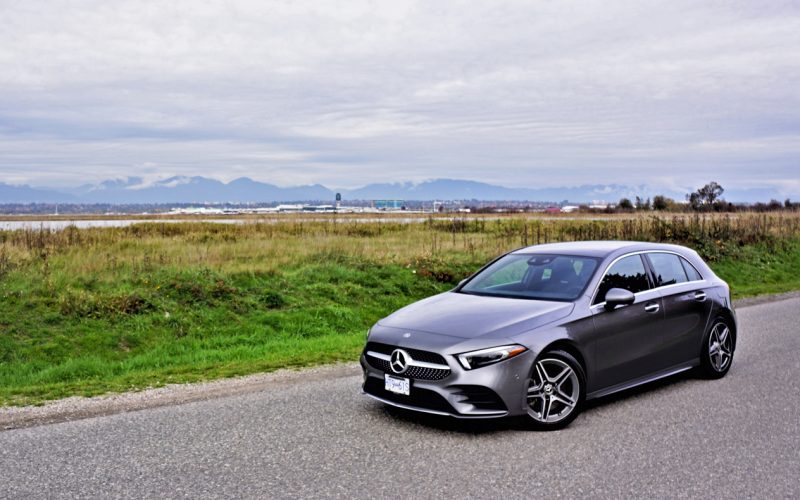
Reading Time: 15 minutesMercedes was a forerunner in the subcompact luxury class with its B-Class MPV back in 2005.
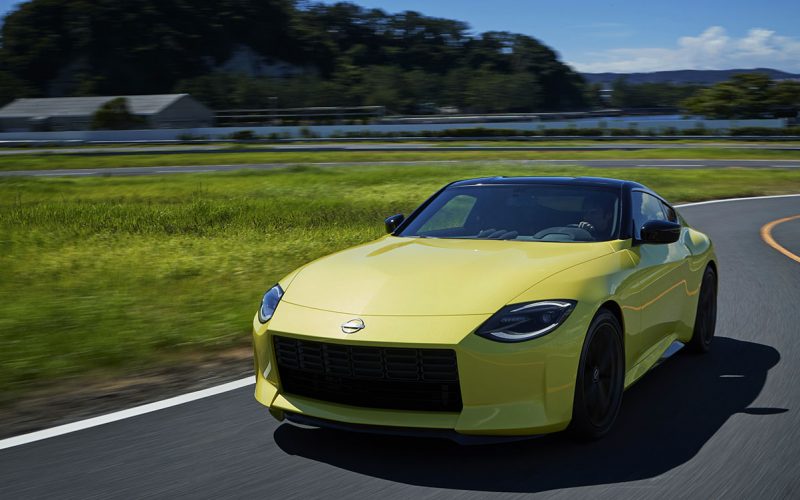
Reading Time: 8 minutesWhen an automaker creates a sports car as immediately classic as the now legendary 240Z, it’s
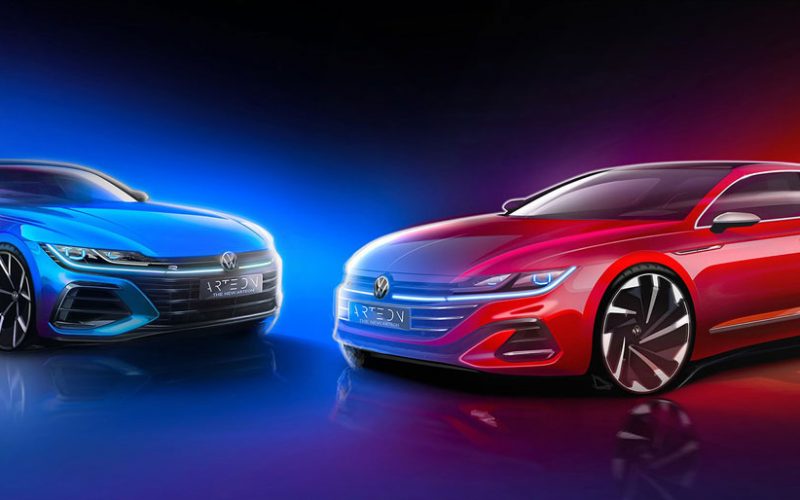
Reading Time: 4 minutesAhead of the 2021 Arteon four-door coupe virtual world première set for June 24th, Volkswagen has
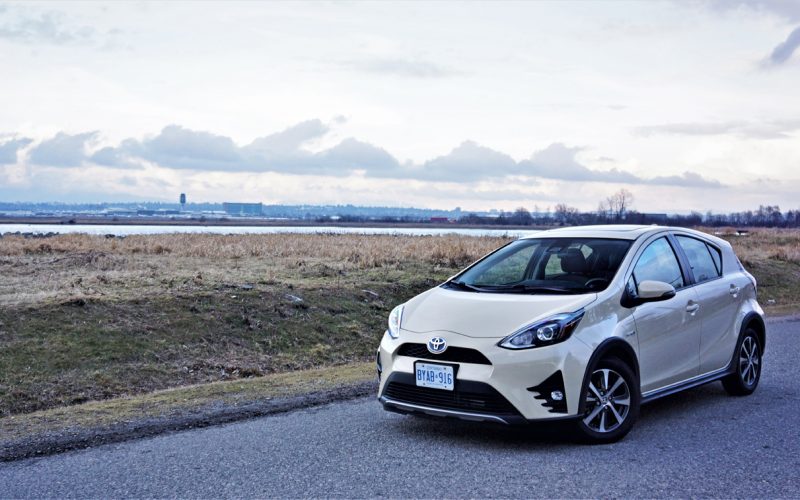
Reading Time: 8 minutesIn case you hadn’t heard, the Prius C was discontinued as 2019 came to a close,
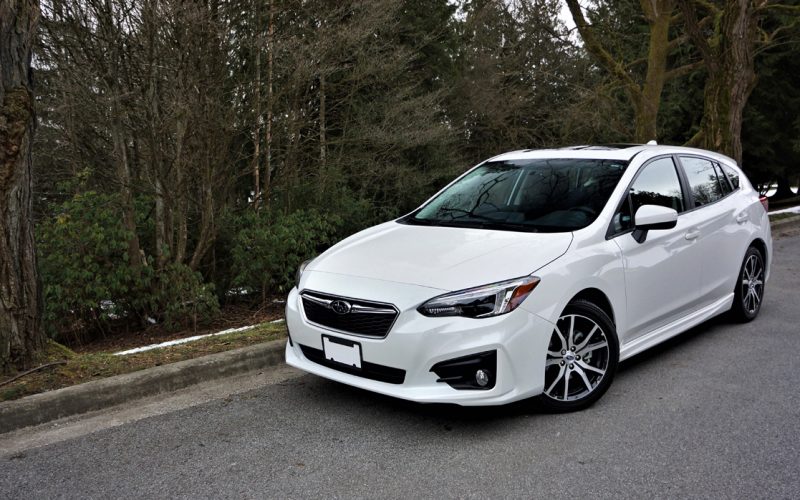
Reading Time: 11 minutesThe compact class is incredibly competitive in Canada, but thanks to continually improving its exterior design,
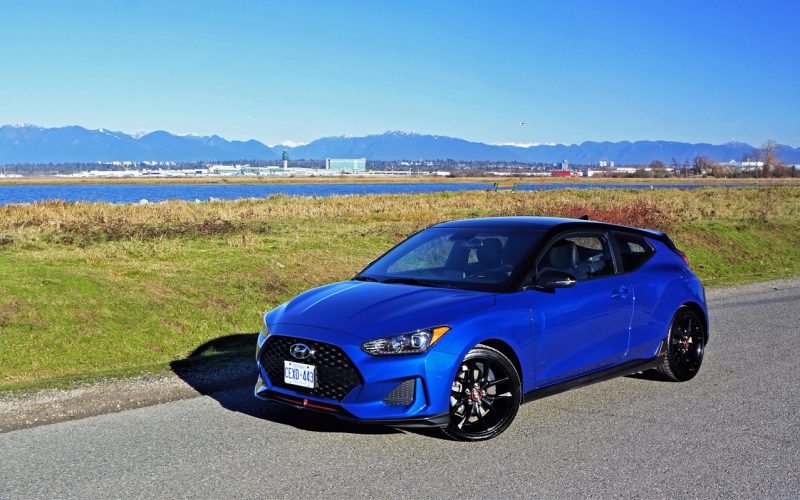
Reading Time: 11 minutesIt would be easy to look at the Veloster as an automotive anomaly, a car that
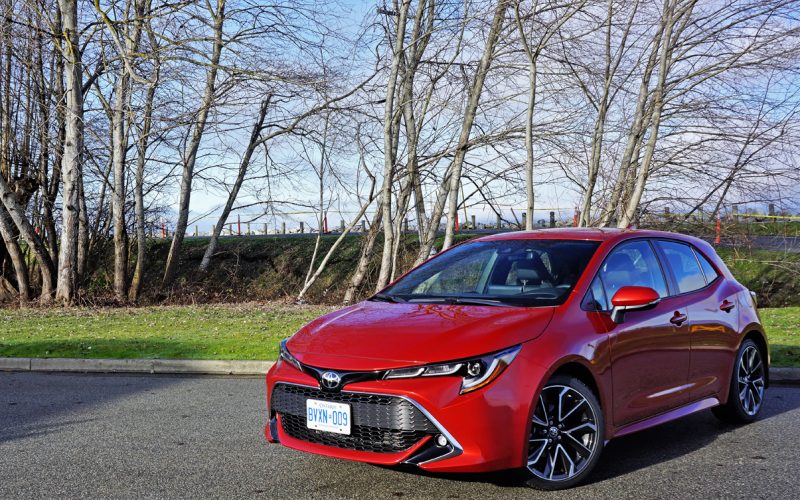
Reading Time: 12 minutesToyota may have said sayonara to its Scion line a few years ago, but the youth-oriented
© 2025 The Car Magazine. All Rights Reserved, Privacy Policy | Terms of Use